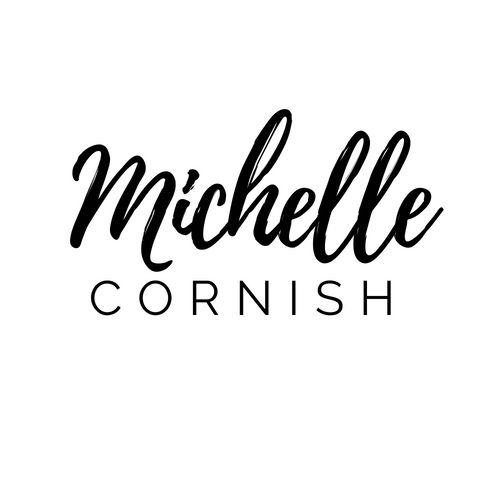What You Need to Know About Profit and ROI
/As a former accountant, I get really annoyed when people use terms like “profit” and “ROI” incorrectly, especially in their marketing material. As I research different methods to market my books, I have been bombarded with emails to join courses. This is all well and good, I signed up to learn more about these courses, but lately, one of the course providers made the claim that I would only have to sell 20 books at $10 each to recover the cost of the course.
Sure, the course costs $200, but that doesn’t mean I will recover the cost of it if I sell 20 books for $10. That math may sound right to you, but just because I sell a book for $10 doesn’t mean I actually make $10 from that book sale. I don’t know anyone who can publish a book with zero costs. If you’re that person, please comment below, because I want to know your secret!
Even if you are a savvy self-published author, I would imagine you would have costs related to the software you use to publish your books. I know there are a lot of free programs out there and maybe it is possible to publish a book with zero costs, but unfortunately, that’s not the way it works for most authors.
If you want to make it in business, please make sure you understand that sales and profit aren’t the same thing.
Sales don’t equal profit!
Here is the fundamental thing about sales and profit. The sales figure is the price your book sells for. The profit is what you earn after you consider all your costs to publish that book. This includes any upfront costs you may have.
A key accounting principle is called “the matching principle” and it states that all costs associated with selling a product or service must be matched to the revenue earned from that product or service. This means that if I spent $500 to get my book cover designed and the interior formatted last year, I can’t expense that amount until my book is available for sale. The $500 gets recorded in an account called “prepaid expenses” until I start selling my book.
A book that sells for $10 may net the author $2 by the time you consider all the associated costs. Going back to my example above, this means I’d actually have to sell 100 books at a price of $10 to pay for the $200 course. That’s ten times more!
I’m a big believer in investing in yourself, but make sure you are using your net profit, not your gross sales dollars, when calculating your return on investment (ROI).
ROI is more complicated than that!
There are a number of different ways to calculate ROI and some can get really fancy, considering the fact that one dollar in your pocket today has more value than one dollar in your pocket ten years from now (a story for another time). Net profit is the key to watch for when a marketer is explaining how amazing the ROI of a certain course is. The ROI must be calculated based on net profit, not total sales.
If I had a net profit of $200 after implementing the aforementioned fictitious course, my ROI would be 100%, and I would say my investment was completely worthwhile. BUT if it was my total sales that were $200 and not my net profit, I would need to adjust that number to find the net profit before calculating ROI, because the formula to calculate ROI is (net profit/total investment)*100.
Assuming my profit is $2 per book and I sold 20 books at $10, that’s a net profit of $40 total. If I plug this into my ROI formula, I get 2%. That just doesn’t cut it for me.
Another factor to consider when looking at ROI is timeframe. How long do you want to give yourself to earn back your investment. Your ROI would be drastically different if you based it on one month’s net profit versus a whole year’s net profit.
So, now you know what to watch out for the next time a sneaky marketer tries to pull the wool over your eyes. Unfortunately, there are all kinds of ways to manipulate numbers when it comes to marketing. Make sure you know the facts, and really think about what you are being told.
If you have any questions about sales, net profit, and ROI, please let me know below.






